Salt lamps have become a popular natural decor element that can transform any space into a calming sanctuary. However, you may have noticed that your salt lamp is sweating, melting, or even dripping water. This can be concerning, especially if you’re not sure if it’s normal or safe. We’ll answer some common questions about salt lamps, including why they sweat, if it’s okay to touch them, and if it’s safe to leave them on 24/7. Keep reading to learn more about these lovely natural lighting sources and how to enjoy them safely.
Introduction

Salt lamps have gained popularity over the years for their unique beauty and their supposed health benefits. However, while they are being used, they may create moisture on their surface, also known as sweating. This can cause confusion and concern among salt lamp owners. So, why do salt lamps sweat?
Firstly, it’s essential to understand that salt lamps are natural air purifiers. The salt used to make these lamps is hygroscopic, meaning it attracts water molecules from the surrounding atmosphere. This property helps salt lamps to absorb moisture and dust particles from the air. When the salt lamp is in use, it heats up due to the light bulb within it, causing the trapped moisture to evaporate and re-humidify the surrounding atmosphere. As the moisture begins to build up, it can cause sweating on the salt lamp’s surface.
Another reason for salt lamps sweating is the surrounding temperature and humidity. Salt lamps are often placed in rooms with high humidity levels, such as bathrooms, laundry rooms, and kitchens. As salt lamps absorb moisture from the air, it’s natural for them to sweat when the surrounding air is already saturated with moisture. Similarly, if the environment is too hot, the salt lamp may begin to melt, causing even more sweat on the surface.
It’s important to note that sweating in salt lamps is completely normal and actually a good sign that it’s working correctly. However, excessive sweating can damage the salt lamp’s appearance and potentially even cause it to malfunction. To prevent this, it’s essential to position the salt lamp in a well-ventilated area with minimal moisture and keep it away from direct sunlight or heat sources. Additionally, you can wipe down the surface of the salt lamp regularly with a dry cloth to prevent moisture buildup.
- In conclusion, salt lamps sweat due to their hygroscopic properties, surrounding temperature, and humidity.
- The sweating is a natural sign that the salt lamp is functioning correctly and purifying the air.
- To avoid excessive sweating, place the salt lamp in a well-ventilated area with minimal moisture and regularly wipe down its surface with a dry cloth.
Why Is My Salt Lamp Dripping Water?
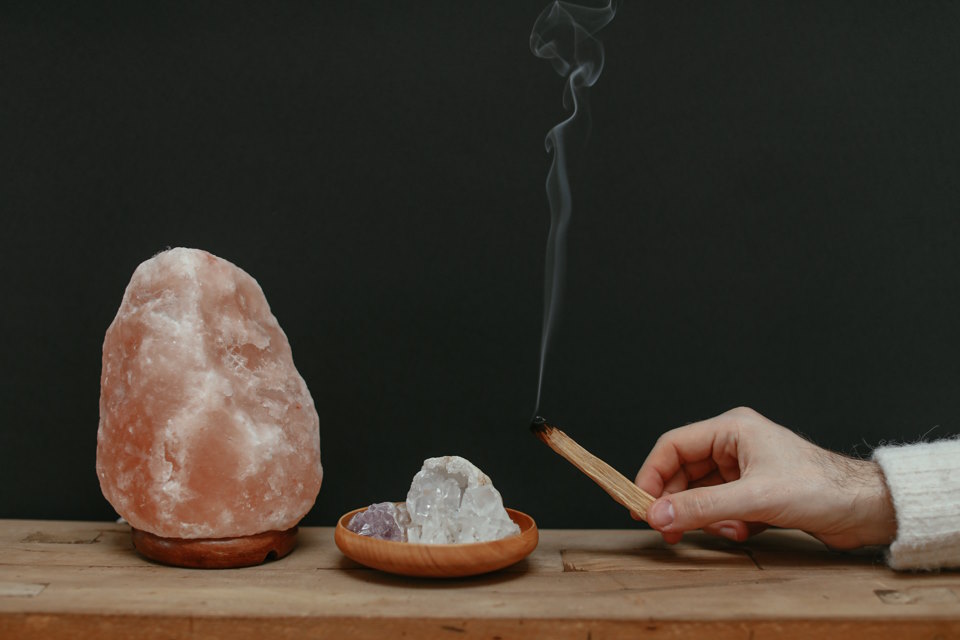
If you are someone who enjoys the ambiance and warmth a salt lamp provides, you may have noticed that your lamp is dripping water. This is not an uncommon occurrence, and many salt lamp owners have shared the same concern. In this post, we will explore the reasons why your salt lamp may be dripping water and what you can do about it.
Salt lamps attract moisture from the air
One of the reasons why salt lamps may sweat or drip water is because they attract moisture from the air. This process is called hygroscopy, where salt lamps absorb water molecules from the surrounding atmosphere. The moisture becomes trapped within the salt lamp, and when the lamp heats up, the moisture evaporates, causing the lamp to sweat or drip water.
- Absorption of moisture is a natural property of salt
- Salt lamps should not be placed in damp or humid areas to avoid excessive moisture accumulation
High humidity can cause salt lamps to drip water
Another common reason why salt lamps might drip water is because of high humidity levels. The higher the humidity, the more moisture the salt lamp attracts, causing it to sweat or drip water. If your room has high humidity levels, it might be a good idea to use a dehumidifier to reduce the amount of moisture in the air. This will help to prevent your salt lamp from accumulating excessive moisture.
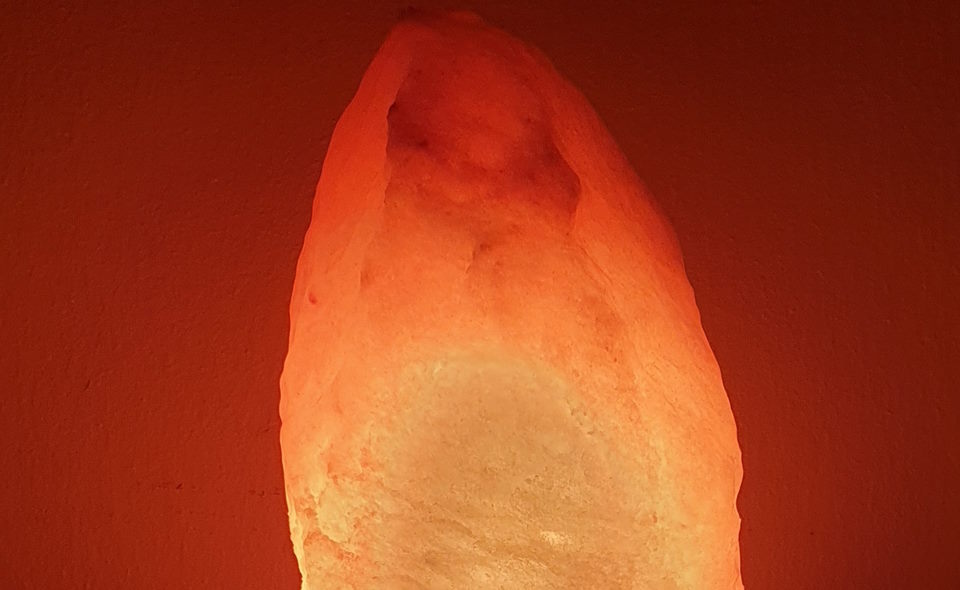
| Indoor humidity level | Recommended action |
|---|---|
| 40-50% | Comfortable level – no action necessary |
| 50-60% | Increase ventilation and air circulation |
| Above 60% | Use a dehumidifier to reduce humidity levels |
How to reduce water accumulation in salt lamps
If your salt lamp is dripping water excessively, there are a few things you can do to reduce the amount of moisture accumulation.
- Turn off your lamp for a few hours each day to allow any trapped moisture to evaporate.
- Place your lamp in a well-ventilated area, away from damp or humid areas.
- Use a dehumidifier to reduce humidity levels in your room.
It is normal for salt lamps to sweat or drip water, but if you notice excessive water accumulation, it might be a sign that your lamp is in an area that is too damp or humid. By taking the necessary steps to reduce moisture levels, you can enjoy the many benefits a salt lamp provides without having to worry about dripping water.
Is It Normal for My Salt Lamp to Melt?
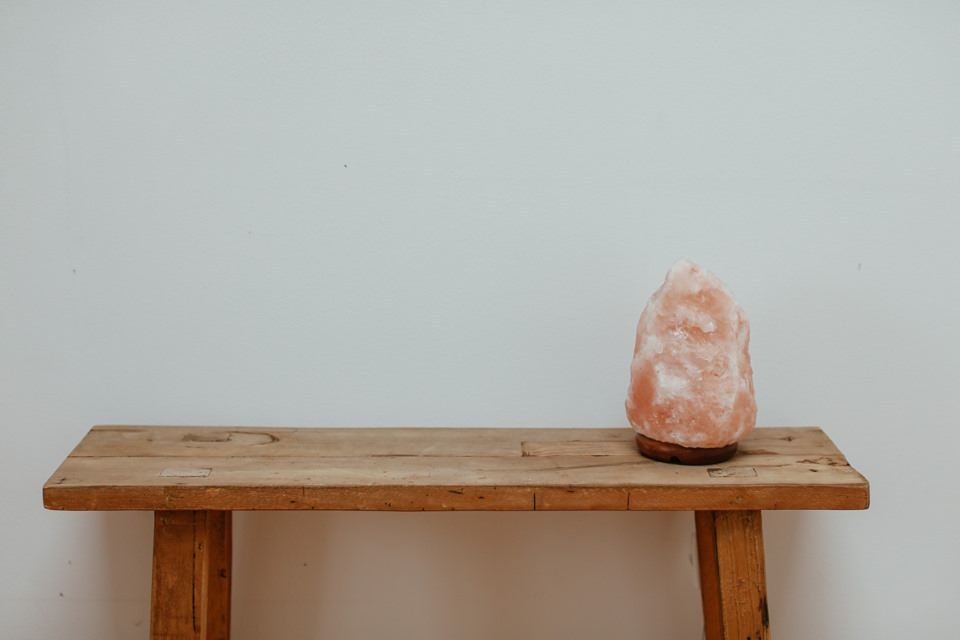
Salt lamps are trendy household items that add a warm ambiance and unique atmosphere to any living space. However, some individuals have reported that their salt lamps have melted or changed shape, which has caused concern for their safety. If you are one of these individuals, you might be curious as to whether your salt lamp melting is normal or not.
The short answer is no, your salt lamp should not melt. Authentic salt lamps are typically made from Himalayan salt, which has a low melting point of 1473°F. This means that unless your room is extremely hot, your salt lamp should not be melting. If your salt lamp is melting, it could be a sign that it is a fake product, or that the bulb wattage is too high.
If you believe that your salt lamp is genuine and the wattage is appropriate, there could be another reason why it is melting. The melting could be due to moisture in the air, which can cause the salt lamp to sweat and subsequently melt. This could occur in humid or damp rooms where the salt lamp is not turned on frequently. A simple solution to this problem is to turn your salt lamp on for a few hours each day to allow it to dry out and prevent any excess moisture.
- To summarize, a genuine salt lamp should not melt unless it is exposed to extremely high temperatures.
- If your salt lamp is melting, it could be due to being a fake product, having the wrong bulb wattage, or due to moisture in the air.
- A simple solution to prevent your salt lamp from melting is to turn it on frequently for a few hours each day.
Is It Safe to Leave a Salt Lamp on 24 7?
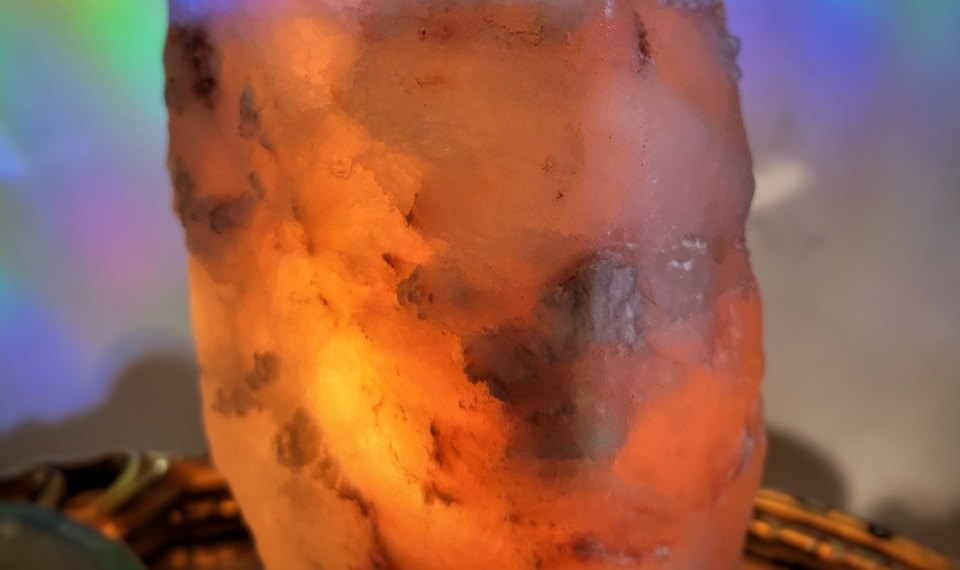
A Himalayan salt lamp is a beautiful and natural way to enhance the ambiance of any space. These lamps emit a soft, warm glow that creates a calming environment. There are many benefits of using salt lamps, including reducing indoor air pollutants, improving mood and focus, and promoting better sleep. But, one question that many people have is whether it is safe to leave a salt lamp on 24/7. Let’s explore this question in more detail.
Firstly, salt lamps are generally safe to leave on for extended periods of time. In fact, leaving the lamp on constantly can help it to emit its full range of beneficial negative ions. However, it’s important to take a few precautions when using a salt lamp.
- Keep the lamp away from moisture. Himalayan salt is hygroscopic, which means that it attracts water from the surrounding environment. If your lamp is exposed to high humidity or moisture, it may start to sweat or even drip water. This can cause damage to the lamp and create an unsafe electrical situation.
- Use a stable and secure base. Salt lamps are heavy, and if they fall over they can break or cause injury. Make sure to place your lamp on a sturdy and level surface.
- Turn off the lamp when not in use. This will save energy and prevent any potential safety hazards.
| Safety Tips: |
|---|
| Keep away from moisture |
| Use a stable and secure base |
| Turn off the lamp when not in use |
Is It Okay to Touch a Salt Lamp?
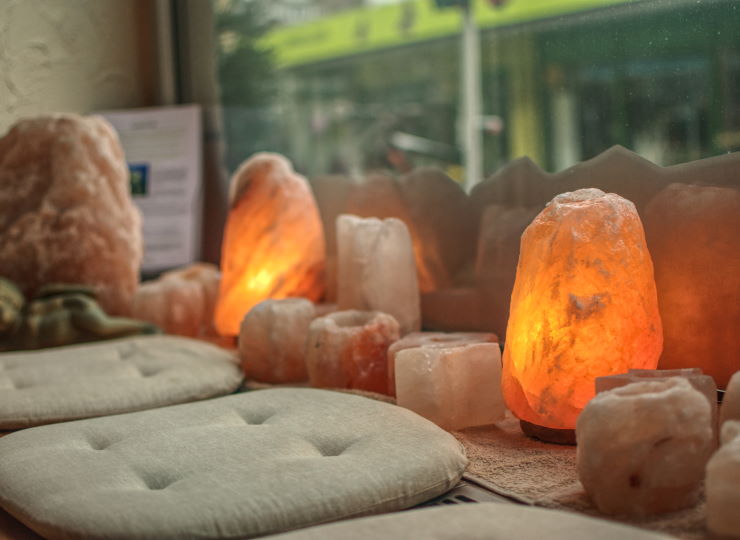
Have you ever wondered if it is safe to touch your salt lamp? Salt lamps are becoming increasingly popular for their purported health benefits, such as improving air quality and reducing stress levels. However, some people may be concerned about the safety of touching these lamps.
First and foremost, it is generally safe to touch a salt lamp. These lamps are made of natural Himalayan salt, which is not harmful to humans. In fact, many people use Himalayan salt in cooking or as a natural remedy for various ailments.
However, it is important to note that salt lamps can become very hot when they are turned on for long periods of time. While brief contact with a hot lamp is unlikely to cause any harm, prolonged contact could lead to burns or discomfort. Therefore, it is recommended that you avoid touching your salt lamp when it is turned on or immediately after it has been turned off.
- To ensure maximum safety, you should also purchase high-quality salt lamps. Cheap or poorly made lamps may have faulty wiring or other defects that could cause them to overheat or malfunction. Always buy from a reputable seller or retailer and look for lamps that are certified by safety standards organizations.
- If you do accidentally touch a hot salt lamp, it is important to run the affected area under cool water immediately and seek medical attention if necessary. Burns can be very serious and should not be taken lightly.
- In summary, while it is generally safe to touch a salt lamp, you should exercise caution and avoid prolonged contact when the lamp is hot. Make sure to purchase high-quality lamps from a reputable seller and seek medical attention if you experience any burns or discomfort.
Is It Ok to Sleep With a Salt Lamp On?
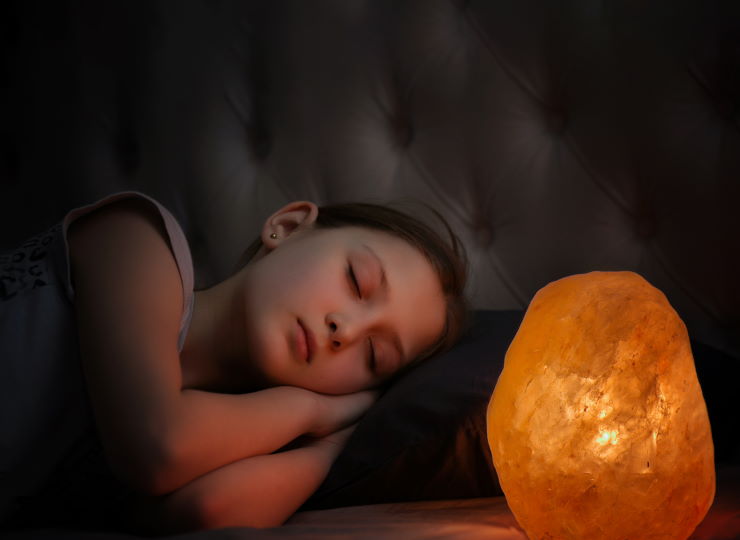
Many health enthusiasts have been incorporating salt lamps into their homes and offices due to their touted benefits such as air purification, reduced allergies, and improved mood. However, with this trend comes questions about safety, particularly when it comes to sleeping with a salt lamp on. So, is it really okay to do so?
Firstly, it’s important to note that salt lamps emit a warm, soothing glow that can promote relaxation and help induce sleep. This makes it a popular choice for those who have trouble falling asleep or have insomnia. But while the light emitted from a salt lamp is generally safe, it’s still advisable to keep the lamp away from any flammable materials and ensure that it’s positioned properly to avoid any accidents.
- It’s also important to consider the lamp’s electrical wiring. Make sure that your salt lamp is certified by a regulatory body to ensure that it meets electrical standards. Faulty wiring can lead to electrical hazards and risks such as electrocution or fire.
- Additionally, leaving a salt lamp on for extended periods may also cause excessive sweating or dripping of water, which can damage the lamp and even pose a risk to your safety. It’s advisable to limit the time your salt lamp is left on and wipe any moisture that may collect on it.
In conclusion, having a salt lamp as a night light can actually promote sound sleep and relaxation. However, to ensure your safety, be mindful of the lamp’s electrical wiring and position, and limit its usage to keep its efficacy intact while avoiding any accidents or hazards.

